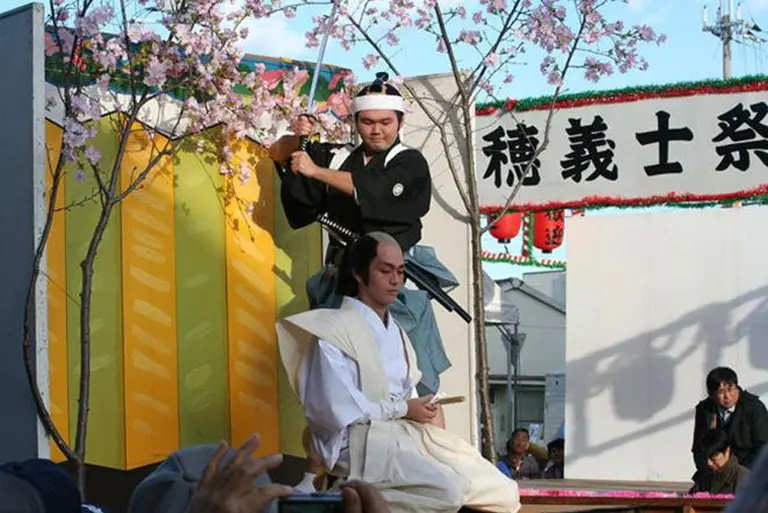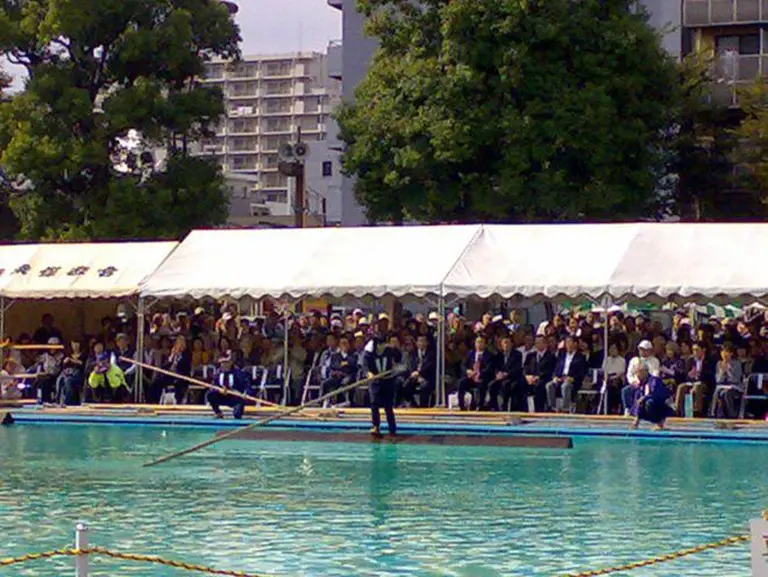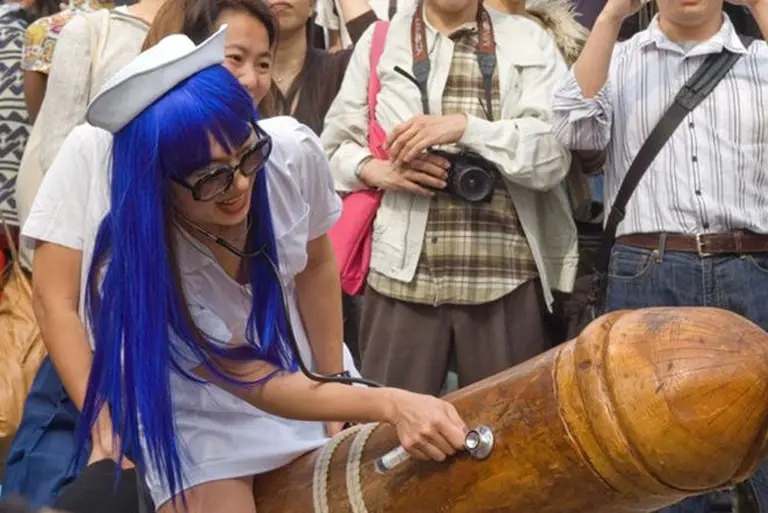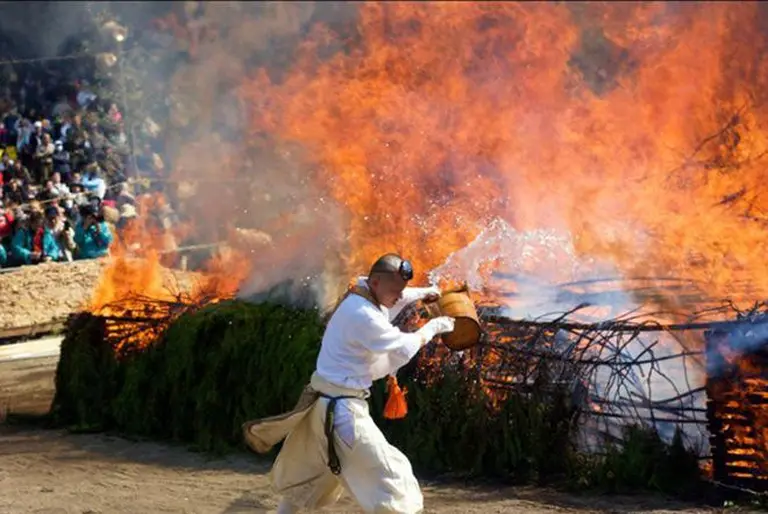Japan is a land where ancient traditions blend seamlessly with modern life, and nowhere is this more visible than in its festivals. Beyond the well-known celebrations of cherry blossoms and fireworks, Japan also hosts a range of unique and sometimes surprising cultural events. From solemn rituals honoring legendary samurai to vibrant parades celebrating fertility, these festivals not only showcase the country’s rich history but also its playful, unconventional side. For travelers seeking an experience beyond the ordinary, exploring these traditions offers a fascinating window into Japan’s diverse cultural identity.
1. Gishi-sai
Held annually to honor the famous 47 Ronin (masterless samurai during Japan’s feudal era), the Gishi-sai festival carries special meaning in Tokyo, where the remains of these loyal warriors are buried at Sengakuji Temple.

Known as “The Loyal Retainers,” the 47 Ronin avenged their lord before sacrificing their own lives. Today, they are remembered with the Gishi-sai festival every December, featuring solemn parades through the streets.
2. Log Rolling Festival
At first glance, the name of this festival may sound amusing, almost like a children’s game. However, the Log Rolling Festival commemorates the lumber industry of Kiba, once renowned for timber harvesting, woodworking, and supply. In the past, workers had to roll giant logs to form rafts.

Today, Kiba no Kakunori is held every early autumn in Kiba, reviving this unique tradition.
>> Top 12 unique things you must try when traveling to the land of the rising sun
3. Kanamara Matsuri – The Festival of the Phallus
Perhaps the most famous among Japan’s eccentric festivals, Kanamara Matsuri is celebrated every spring at Kanayama Shrine in Kawasaki, near Tokyo. Originating nearly 60 years ago, it has become one of the region’s most popular events.

Dedicated to fertility, sexuality, and safe childbirth, the festival also raises funds for HIV research, while drawing global attention for its colorful and unconventional celebrations.
4. Hiwatari Matsuri
Taking place every March on Mount Takao at Yakuo-in Temple, the Hiwatari Matsuri is a sacred fire-walking ritual rooted in Shugendo, a syncretic belief system blending Buddhism, Shinto, and mountain worship.

Believers walk barefoot across burning embers in a powerful purification rite. Spectators are often invited to join, with the ritual believed to bring blessings and good fortune.
>> A closer look at Japan’s most bizarre “Naked” festival
5. Kagurazaka Festival
Every summer, the historic geisha district of Kagurazaka transforms into a lively Edo-style fair during the Kagurazaka Matsuri. Visitors can enjoy street stalls, yukata-clad guides, lively music, and the spectacular Awa Odori dance performances, offering a vivid glimpse into old Tokyo’s festive spirit.

6. Hanami – The Cherry Blossom Festival
Springtime in Japan is synonymous with hanami, the beloved tradition of admiring cherry blossoms. More than just appreciating the flowers, hanami includes seasonal treats, special drinks, and outdoor parties under the blooming sakura.

During these few weeks, Tokyo’s parks overflow with families, friends, and travelers gathering to celebrate the fleeting beauty of cherry blossoms, turning hanami into one of the country’s grandest seasonal festivals.
>> Only in Japan: When public toilets look like works of art
While some of these festivals may seem unusual or even eccentric to visitors, they reflect Japan’s ability to honor its past while embracing creativity and community spirit. Each celebration, whether rooted in ancient legend, seasonal change, or spiritual belief, carries a story that connects people across generations. For travelers, joining these events is more than just entertainment—it is an opportunity to witness how Japan continues to preserve its heritage while welcoming the world to share in its traditions.






